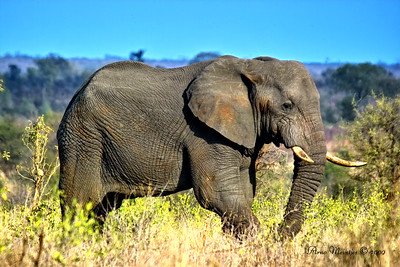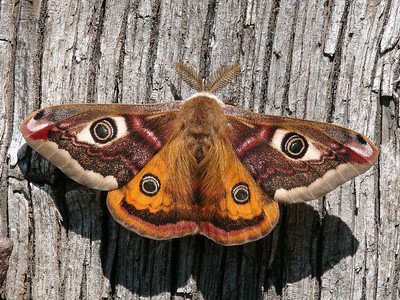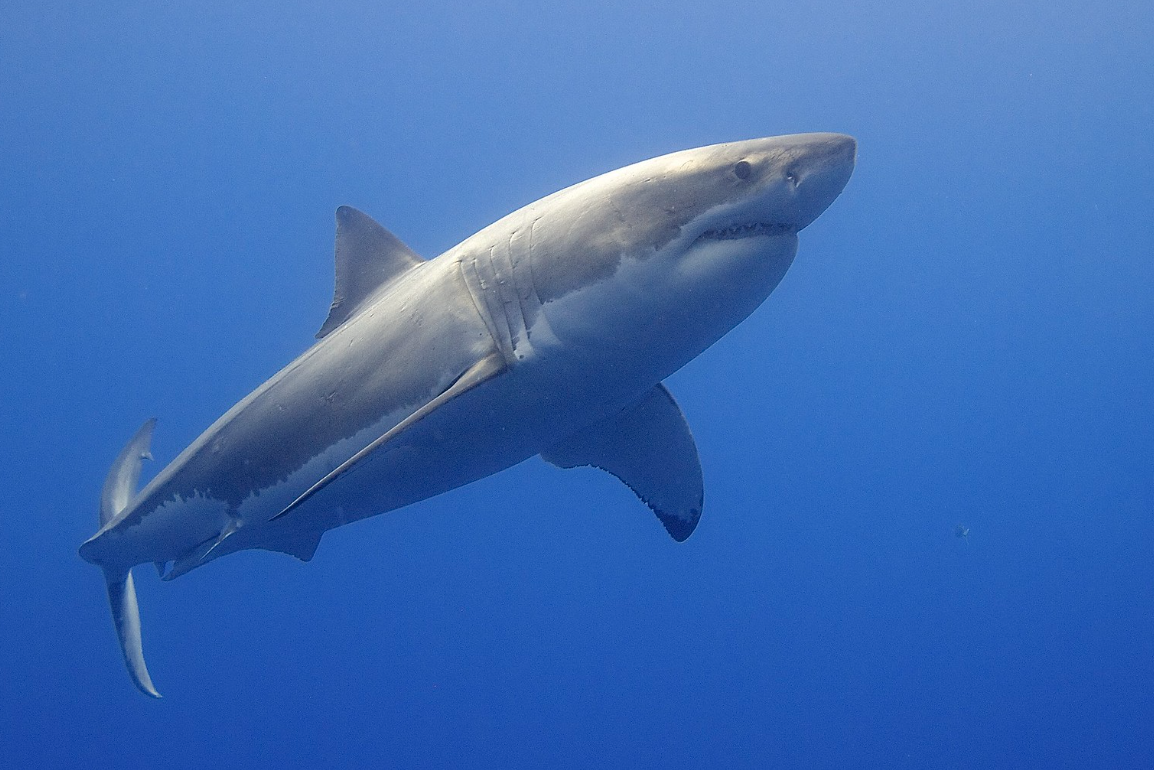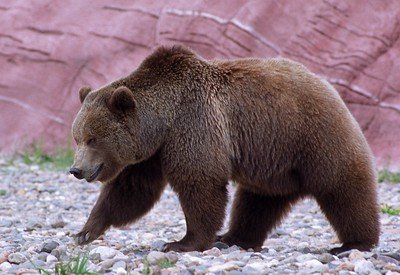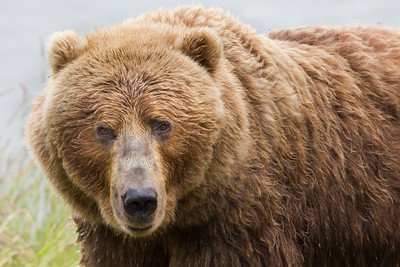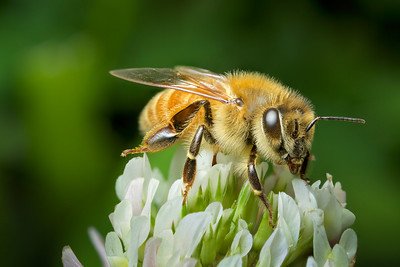Top 12 Animals with the Best Sense of Smell
Imagine a world where you could sniff out your favorite snacks from miles away or track down a potential mate with just a whiff of their scent receptors. For many animals, this incredible ability is a reality thanks to their highly developed sense of smell.
From the vast savannas of Africa to the frozen tundras of the Arctic, certain species have evolved remarkable olfactory capabilities that allow them to navigate their environments, find food, and even communicate with one another. These masters of scent possess an array of adaptations, including specialized nasal structures, an abundance of olfactory receptors, and even unique behaviors that enhance their ability to detect and interpret the faintest of odors.
In this captivating exploration, we'll uncover the top 12 animals with the best smell sense, delving into the fascinating world of olfactory senses. From the majestic African elephant to the stealthy Komodo dragon, we'll unravel the secrets behind their incredible noses and discover how these remarkable creatures utilize their heightened sense of smell to thrive in their respective habitats.
Top 12 List of Creatures with the Best Sense of Smell
1. African Elephants
Towering over the African savannas, elephants are renowned for their exceptional sense of smell. With two finger-like extensions on their trunks that act as nostrils, these gentle giants can detect scents long distances from miles away. An elephants' sniffer olfactory prowess is so acute that they can even sniff out sources of water buried deep underground, a crucial survival skill in their arid habitats.
2. Male Silk Moths
In the world of insects, male silk moths reign supreme when it comes to olfactory abilities. These unassuming creatures can detect a single molecule of a female moth's pheromone from an astonishing distance of up to 7 miles away. This remarkable feat is made possible by their highly specialized antennae, which are covered in thousands of olfactory bulb.
3. Polar Bears
Navigating the vast Arctic tundra, polar bears rely heavily on their excellent sense of smell to survive. These majestic predators can sniff out a seal's breathing hole a great distances from over half a mile away, even through thick layers of ice and snow. Their large nasal cavities and an abundance of smell receptors allow them to detect the faintest of scents, ensuring their hunting success in the harsh Arctic environment.
4. Black Bears
With an olfactory receptor genes ability that is seven times greater than a bloodhound, black bear are true masters of scent detection. These omnivorous creatures can smell food sources scent trail from over a mile away, making them highly efficient foragers. Their good sense of smell also aids in locating potential mates and avoiding danger, proving invaluable in their diverse habitats.
5. Great White Sharks
Even in the vast expanse of the ocean, the great white shark can detect the faintest traces of blood and other organic compounds with incredible precision. These great whites apex predators possess specialized olfactory organs called ampullae of Lorenzini, which allow them to sense the electrical fields generated by their prey's movements and bodily fluids.
6. Grizzly Bears
Feared for their strength and ferocity, grizzly bears also boast an impressive strong sense of smell. With over 7 million olfactory receptors, these powerful creatures can detect the scent of food from up to 18 miles away. Their olfactory prowess is so acute that they can even small prey buried beneath several feet of soil or snow.
7. Basset Hounds
Among the canine world, basset hounds are renowned for their exceptional olfactory abilities. With their long, drooping ears that sweep the ground, these lovable dogs can capture and concentrate scents with remarkable efficiency. Their acute sense of smell has made them invaluable in various scent-tracking tasks, from hunting to search and rescue operations.
8. Brown Bears
Closely related to the grizzly bear, brown bear also possess an incredibly powerful sense of smell. These omnivorous creatures can detect the scent of food from over 20 miles away, thanks to their large nasal cavities and an abundance of olfactory receptors. Their olfactory prowess aids them in locating everything from berries and fish to potential mates and predators.
9. Honey Bees
Despite their tiny size, honey bees are equipped with an amazing sense of smell. These industrious insects rely heavily on their olfactory abilities to communicate with their hive mates, locate nectar-rich flowers, and even identify potential threats. With over 170 different odor receptors, honey bees can detect and distinguish a wide range of scents, making them essential pollinators in many ecosystems.
10. Dog Breeds with the Best Sense of Smell
While many dog breeds are known for their keen sense of smell, a few stand out as true olfactory champions. Bloodhounds, with their incredible 300 million great sense of smell, are renowned for their ability to track scents over vast distances. German Shepherds and Beagles are also highly prized for their olfactory prowess, making them invaluable in search and rescue operations, as well as hunting and detection tasks.
11. Komodo Dragons
These fearsome reptilian predators from the Indonesian islands possess a highly developed sense of smell that aids them in their hunting endeavors. Komodo dragons can detect the scent of carrion from up to 5 miles away, thanks to their forked tongues and specialized olfactory receptors. Their olfactory abilities also help them locate potential mates and navigate their rugged island habitats.
12. African Giant Pouched Rats
While their name might not inspire awe, African giant pouched rats are true olfactory marvels. These intelligent rodents have been trained to detect landmines and tuberculosis using their impressive sense of smell. With over 1,000 times more olfactory receptors than humans, these remarkable creatures can sniff out even the faintest of scents, making them invaluable in humanitarian efforts and disease detection.
How Animals Use Their Sense of Smell
Olfactory Receptors and Scent Detection
The secret behind the incredible olfactory abilities of these animals lies in their specialized olfactory receptors. These receptors, located in the nasal cavity, are responsible for detecting and interpreting the countless odor molecules that waft through the air. From the millions of receptors found in dogs to the highly sensitive antennae of insects, these remarkable structures allow animals to perceive a vast array of scents with incredible precision.
Finding Food Sources
For many animals, their sense of smell is a vital tool for locating and acquiring food. Grizzly bears, for instance, can sniff out a carcass or a patch of berries from miles away, ensuring they never miss a potential meal. Honey bees, on the other hand, rely on their olfactory prowess to identify nectar-rich flowers, guiding them to the best sources of sustenance for their hives.
Locating Potential Mates
In the intricate dance of reproduction, scent plays a crucial role for many species. Male silk moths can detect the faintest traces of pheromones released by females, allowing them to navigate vast distances in search of a mate. Similarly, elephants use their exceptional sense of smell to identify potential partners and assess their reproductive status, ensuring the continuation of their species.
Apex Predators and Hunting
For apex predators like polar bears, great white sharks, and Komodo dragons, their highly developed strongest sense of smell is a lethal weapon. These fearsome hunters can detect the slightest hint of blood or organic compounds, allowing them to zero in on their prey with deadly precision. Whether it's a seal's breathing hole or a wounded animal, their olfactory abilities give them a significant advantage in the hunt.
Conservation Status and Threats
Vulnerable and Endangered Species
While the olfactory prowess of these animals is truly remarkable, many of them face grave threats to their survival. Species like the African elephant, polar bear, and Komodo dragon are classified as vulnerable or endangered, their populations dwindling due to various human-induced and environmental factors.
Habitat Loss and Fragmentation
One of the most significant threats facing these animals is habitat loss and fragmentation. As human activities encroach upon their natural habitats, their once-vast territories are being carved up and destroyed. This not only disrupts their ability to roam and find food but also isolates populations, leading to genetic bottlenecks and increased vulnerability.
Poaching and Illegal Wildlife Trade
For many of these species, the allure of their valuable body parts or the desire for exotic pets has fueled a thriving illegal wildlife trade. Elephants are poached for their ivory tusks, while bears are hunted for their gallbladders and other body parts used in traditional medicine. This relentless poaching has decimated populations and pushed some species to the brink of extinction.
Climate Change and Environmental Degradation
The impacts of climate change and environmental degradation pose additional threats to these animals with exceptional senses of smell. Rising temperatures, melting sea ice, and shifting weather patterns are disrupting the delicate ecosystems they rely on. Polar bears, for instance, are struggling to find suitable hunting grounds as their Arctic habitat rapidly disappears.
How We Can Help Protect Animals with Great Senses of Smell
Supporting Conservation Organizations
One of the most effective ways to safeguard these remarkable animals is by supporting conservation organizations dedicated to their protection. These organizations work tirelessly to preserve habitats, combat poaching, and implement sustainable management practices. By donating or volunteering, you can directly contribute to their efforts and ensure that these species continue to thrive.
Shop Here to Support Our Conservation Efforts. Our Goal is to be able to support the environmental efforts with our shop! With your Help!
Reducing Your Carbon Footprint
The impacts of climate change pose a significant threat to many of these animals. By reducing your carbon footprint, you can help mitigate the effects of global warming and environmental degradation. Simple actions like conserving energy, reducing waste, and choosing sustainable transportation options can make a meaningful difference in protecting their habitats.
Responsible Tourism and Wildlife Viewing
If you have the opportunity to observe these animals in their natural habitats, it's crucial to do so responsibly. Choose eco-friendly tour operators that prioritize sustainable practices and minimize disturbances to the wildlife. By being a mindful and respectful visitor, you can contribute to the conservation efforts while enjoying the awe-inspiring experience of witnessing these animals in their natural environments.
Educating Others and Raising Awareness
Spreading awareness about the importance of these animals and the threats they face is a powerful tool in the fight for their conservation. Share your knowledge with friends, family, and your community, and encourage them to take action. Attend or organize educational events, participate in online campaigns, and use your voice to advocate for policies that protect these species and their habitats.
The world of animals with exceptional senses of smell is truly a marvel, a testament to the incredible diversity and adaptations found in nature. From the majestic African elephant to the unassuming honey bee, these creatures have evolved remarkable olfactory abilities that allow them to navigate their environments, find sustenance, and perpetuate their species.
However, as we have explored, many of these animals face grave threats to their survival. Habitat loss, poaching, climate change, and environmental degradation are all contributing to the decline of their populations. It is our responsibility, as stewards of this planet, to take action and protect these remarkable beings.
By supporting conservation efforts, reducing our carbon footprint, practicing responsible tourism, and educating others, we can make a meaningful difference in the fight to preserve these animals and their habitats. Together, we can ensure that future generations will have the opportunity to witness the awe-inspiring spectacle of these masters of scent, and that their incredible olfactory abilities will continue to play a vital role in the intricate web of life on our planet.
FAQs
What animal has the best sense of smell?
While many animals possess remarkable olfactory abilities, the bear family (including grizzly bears, black bears, and polar bears) is often considered to have the best sense of smell in the animal kingdom. With millions of olfactory receptors and specialized nasal structures, these powerful predators can detect scents from miles away, aiding them in hunting, foraging, and navigating their environments.
How do animals use their sense of smell?
Animals utilize their acute sense of smell in various ways to survive and thrive in their habitats. They rely on their olfactory prowess to locate food sources, whether it's a seal's breathing hole for a polar bear or a nectar-rich flower for a honey bee. Many species also use scent to identify potential mates and assess their reproductive status. For apex predators like great white sharks and Komodo dragons, their sense of smell is a lethal hunting tool, allowing them to detect the faintest traces of blood or organic compounds from their prey.
Why is it important to protect animals with great senses of smell?
Protecting animals with exceptional senses of smell is crucial for maintaining the delicate balance of ecosystems. Many of these species play vital roles as apex predators, pollinators, or environmental indicators. Their loss could have cascading effects on entire food webs and habitats. Additionally, these animals represent a remarkable evolutionary adaptation and contribute to the rich biodiversity of our planet. By safeguarding their survival, we not only preserve their unique olfactory abilities but also ensure the continuation of the intricate web of life that sustains us all.
Related Posts
20 Top Animals List of Apex Predators in World (Pictures)
Top 18 The Fastest Animal In The World


